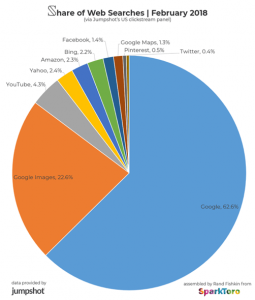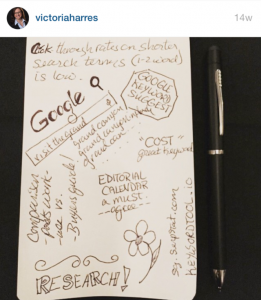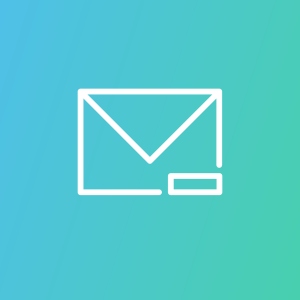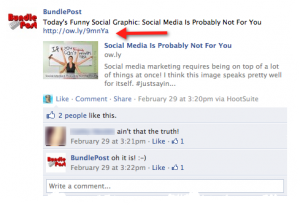— December 11, 2018
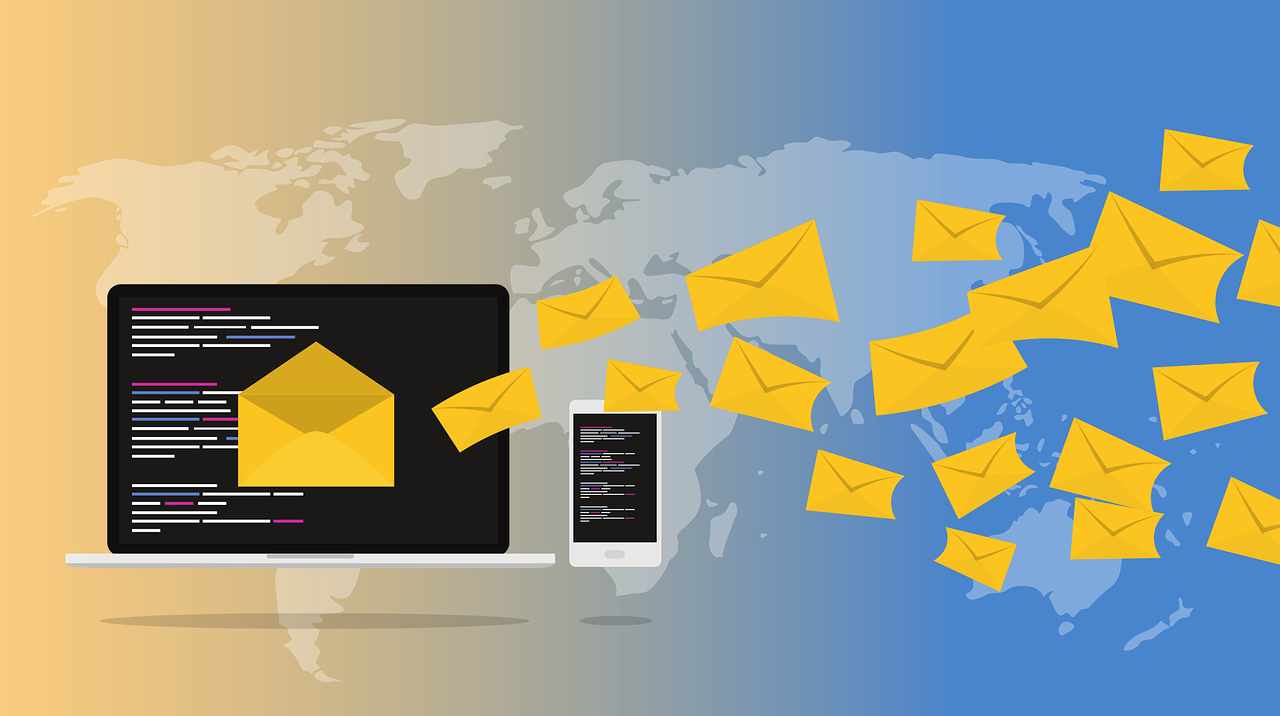
ribkhan / Pixabay
The world wide web connects anyone with everyone in the digital domain. People use the internet to communicate, shop, date and transact, while marketers target their prospective audiences over the internet, making it the foundation of a peaceful online shopping ecosystem. As the owner of a brick-and-mortar shop, you don’t have to be restricted to familiar faces who visit your shop; the internet can help you expand your target audience. Out of all the marketing channels, emails are the best bet worth leveraging.
How email marketing can help local businesses
- Build credibility: Building relationships is the foundation of any marketing campaign, more so with email marketing. You can build trust and recognition among your subscribers by sending helpful and educational information.
- Build visibility: Irrespective of their geographic location, you will be able to send emails to your target audience with just an email ID and this will help improve the visibility of your business.
- Cheaper than advertising: Assuming you are sending an email to an email list of 1000 subscribers, you may be spending < $ 10. Add to it the fact that you can earn up to $ 34 for every $ 1 you spend on your email campaign, you will find out that emails are the most profitable marketing channel.
- Increase traffic (Offline & Online): A successful email is the one that manages to make the subscriber click and get redirected to a relevant landing page (for omnichannel businesses) or your storefront.
- Market with a personal touch: By tracking the customer journey, you can personalize the email copy to building a meaningful relationship.
- Turn one-time sale into a repeat order / Stay connected to patrons: Anyone who purchases from you may lose contact as they step out. By having them in your mailing list, you can keep in touch with them. This will enable them to shop from you time and time again.
What small businesses need to do for email marketing
Wish to implement email marketing in your marketing strategies? Here is what you need:
An Email Service Platform (ESP): Email inbox services such Gmail, Hotmail or Outlook cannot be used to send bulk emails owing to restrictions placed to avoid spamming. You need to invest in a professional email service provider to send emails in bulk. There are many options to choose from, depending on your marketing budget.
Some provide services for zero to nominal fees for emailing less than 2,000 subscribers, while others charge you based on the mailing list strength. If you are starting out, you can choose MailerLite, MadMimi ReachMail or MailChimp. We conducted a review for MailChimp. You can read about it here.
Email template: Most email service providers have a template library where you can edit an existing template as per your branding guidelines and send it to your customers. You have a wide variety to choose from. However, sometimes you need to design a custom email template for providing a good user experience.
List Collection tools: You cannot send any emails if you don’t have a list to send it to. To motivate and collect email addresses, you need to have a list collection tool such as Optinmonster, AddThis or LeadIn by Hubspot. A list collection tool prompts your prospects to share their email address in exchange for being updated with your brand.
List Management tools: A list management tool stores the email addresses collected from the website or offline sources. While most email services provide facilities to store the collected email addresses, some opt to invest in a client relation management (CRM) for additional features such as customer journey tracking, reporting, analytics, etc.
These are the four basic tools you need to get started in email marketing. For an exhaustive list of tools, check out our article.
How small business can do email marketing
Set your expectations
Do you wish to increase sales, educate your customers or both?
Before you start your marketing endeavors, you need to list your KPIs. This acts as the lighthouse that will guide the direction where you wish to take your relationship with your customers.
Build your mailing list both offline and online
To start out, you can talk to your existing customers to share their email addresses to get information about your business. Some of the ways to create excitement are:
- Coupons and Sales Promotions
- Loyalty or Rewards Programs
- Company News and Updates
- Contests and Sweepstakes
- Free Content like E-Books
- Products or Service Information
- Exclusive Peeks at New Products
What emails would you send?
People desire value addition so they expect a good deal in exchange for their email address. You need to decide (and convey it to your customers in the welcome email) about the nature of your emails. Some brands send a fortnightly email newsletter that curates information regarding the industry.
In addition to newsletter you should also send:
- Transactional emails like order receipts, upsell & cross-sell emails, re-order reminder emails that are associated with building relation post-purchase.
- Promotional emails to inform your customers about special or limited stock events and promotions
- Holiday and seasonal emails for the brands who conduct special campaigns during holidays.
- Customer loyalty emails for existing patrons to show how valuable they are to your brand.
Separate your mailing list as per preference and hit Send
No two customers will have same interests. You need to learn/understand their preferences and what products they are interested and segment the email list accordingly. This ensures that the customer receives the information that interests them.
Analyze the results from previous campaigns
You can never relax after sending an email campaign. Through constant analysis and aligning your campaigns with pre-defined KPIs, you can improve your marketing game and be successful.
Digital & Social Articles on Business 2 Community
(32)
Report Post
